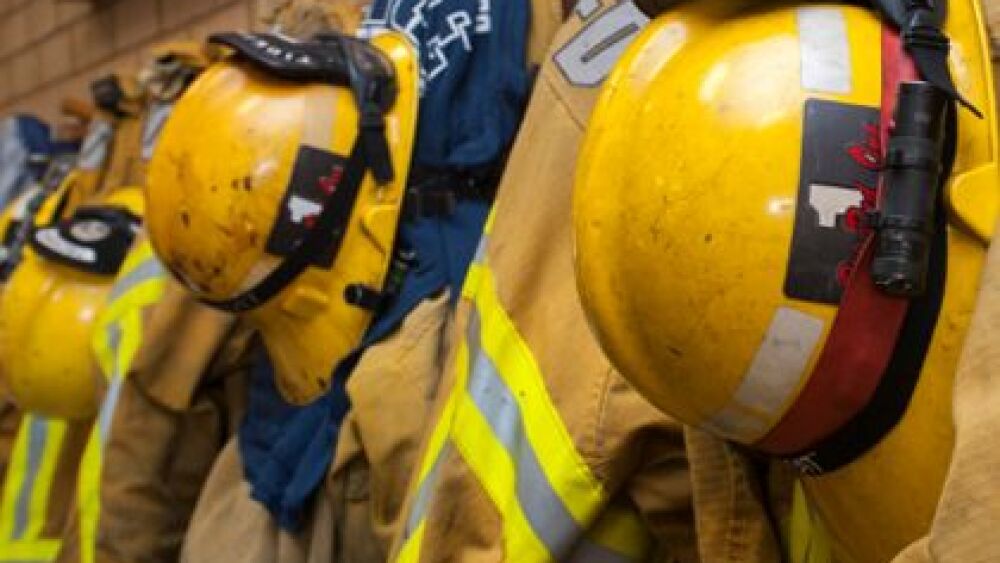At a certain point in the fire academy, you likely trained with a field company who came to the tower or yard and either helped or demonstrated a technique. These firefighters likely had additional gear in their pockets or on their helmets that help them throughout the day. Many of those tools, gadgets and devices are not standard issue and can even be made at home.
Here’s a list of things you can add to your gear today to make your life as a firefighter easier.
Slip Latch Key
Apartment gates, interior doors and other latch obstacles can slow you down advancing a hand line or limit access to an EMS patient. You’ve been trained to force the doors with heavy tools that can cause damage and not allow the door to be re-secured. That’s where a slip key comes in. Similar to the idea of using a credit card to open a door — as seen in the movies — a slip key is a rigid piece of plastic with notches and catches cut into it. These notches allow the key to be inserted into the jamb of the door and catch the latch mechanism, collapsing it into the channel and freeing the door to be opened without damaging it.
You can buy them online for $10 or make one yourself out of a cleanser bottle, likely to be found in the recycling bin at the firehouse. Rinse it out, cut a 6”x5” piece out and round the edges. On one corner cut a small 1 cm wide triangle, almost like someone took a slice of pizza out of the corner. On the other side make a similar shape, but at an angle so one side of the cut looks like a large curved blade. These will served as catches, or purchase points as the plastic slides past the latch, then is pulled back. The technique takes practice and should only be used in emergencies, but it is possibly the #1 tool I was never issued.
Helmet Lamp
There’s a good chance you were issued a flashlight to keep in your pocket. Good, keep it in there. For getting to work on the fireground, having light where you look is crucial. Many years ago the only way to get light on your helmet was to buy a cheap plastic flashlight and snap it under a strip of rubber tubing stretched around your helmet. They worked great until you actually caught fire, then they simply melted.
Soon after that a “Star Trek” model was introduced that let you mount a slim cylindrical flashlight on a bracket that extended up and away from your helmet on the sides. Some folks bought two of them and looked like the Starship Enterprise wandering around the fireground. It works OK, but the last thing I want to do is introduce additional entanglement hazards on my head, so that model is out. You’ll need to drop a few bucks on a decent low profile, helmet mounted light. LEDs will allow for extended battery life and many models have different levels of lighting from small, to medium, to HEY! I’M OVER HERE!
Loppers
You learned in academy that every team needs at least one cutting tool and one prying tool. Grabbing the irons solves both those problems, but what happens if you’re alone, disoriented and entangled? You need a tool in your pocket that can help. I recommend a heavy duty lopper/snipper that can also do double duty as a spanner wrench.
You’ll see a number of different options online, but wait until you’re in the field for a few months to see what the others are carrying and try it out.
Spare Gloves and Hood
You may or may not be issued a second set of gear. After a fire it is crucial to get your gear cleaned and washed as soon as possible. While drying the gear completely may not be an option until the next day, at least having a clean dry flash hood and gloves can get you back ready to fight another fire.
Since you invited the quarter master to your graduation party (You did, didn’t you?), they just might issue you a spare set. If not, read the tags and go online to order a spare set. Make sure they’re labeled as your own and as SPARE so they don’t get mixed up with your issued gear. Don’t order another brand as your department may not cover an injury sustained should the materials fail in fire conditions.













